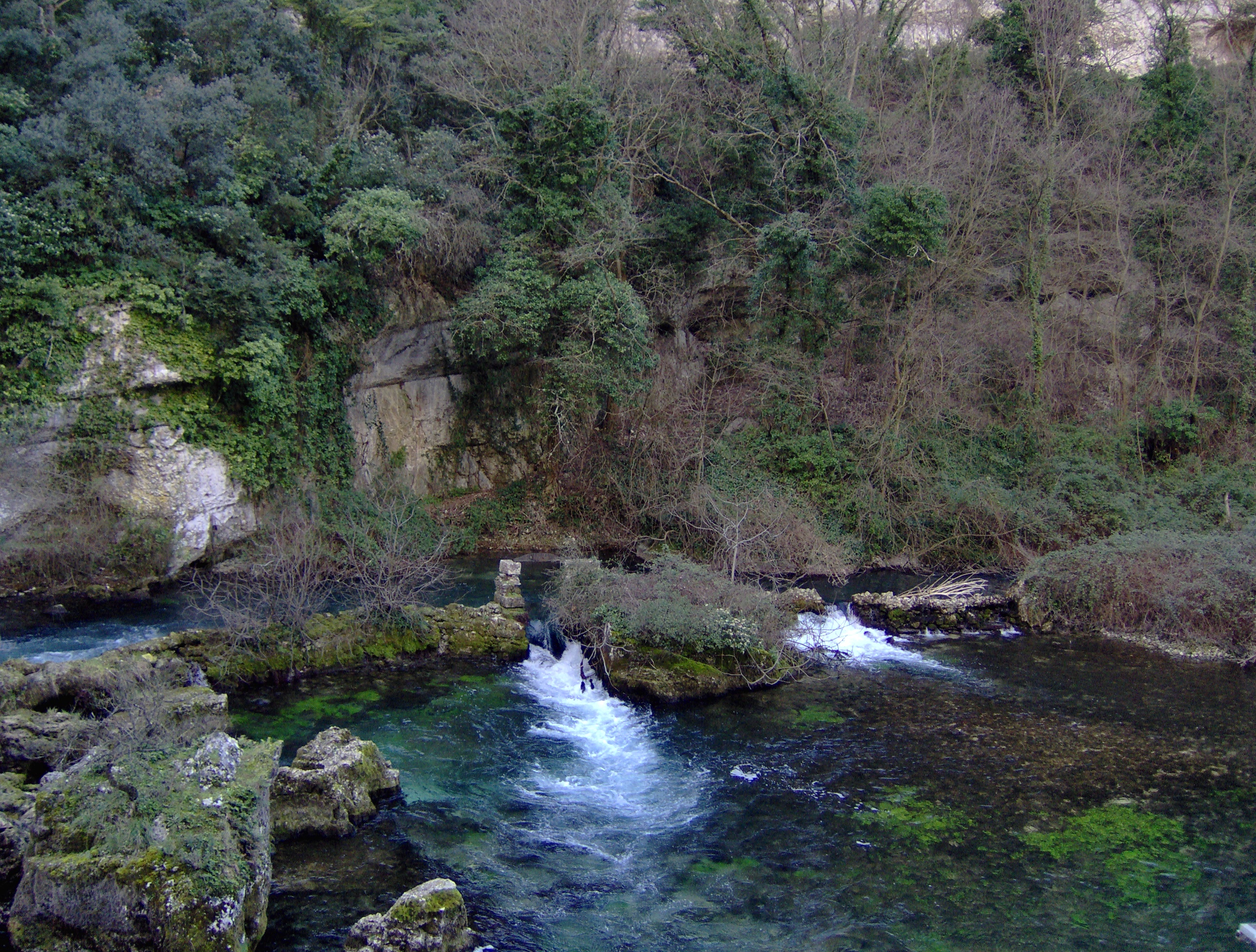A Canadian team lead by Stephen Grasby has discovered the highest latitude perennial spring known to be in existence. The high-volume spring has been able to demonstrate that deep groundwater circulation through the cryosphere occurs, and as a result gullies can be formed in a region that experiences extreme low temperatures and with a morphology similar to that of Mars. The discovery made in 2009 raises new questions, as it remains uncertain how springs with such a high-volume can originate in a harsh polar-desert environment.
Grasby and his colleagues encountered the northernmost perennial spring to exist on the globe, which they have named the Ice River Spring, on Ellesmere Island, Nunavut, Canadian High Arctic. The specific study area is located north of Otto Fiord in a mountainous area underlain by carbonates of the Nansen Formation. The spring discharges at a 300m elevation from colluvium on a south facing (21 incline) mountain slope. The mountain that thus far remains unnamed rises 800m above sea level. Recordings have shown that the spring continues to flow through the entire year, even when the region experiences winters with days containing 24 hours of darkness, and when air temperatures can drop as low as minus 50 degrees Celsius.
Detailed geochemistry has managed to show that the water originates from the surface and circulates deep down, as far as 3km before returning as a thick permafrost as a spring. These findings suggest a much more hydrageological system in polar regions than what was previously considered possible, which is perhaps driven by glacial meltwater.
Another interesting feature of this Ice River site is the incredible similarity to mid-latitude gullies that have been discovered on Mars. The observation of such features on Mars has led to theories that recent groundwater discharge from confined aquifers.

Contributing Source: The Geological Society of America
Header Image Source: WikiPedia






